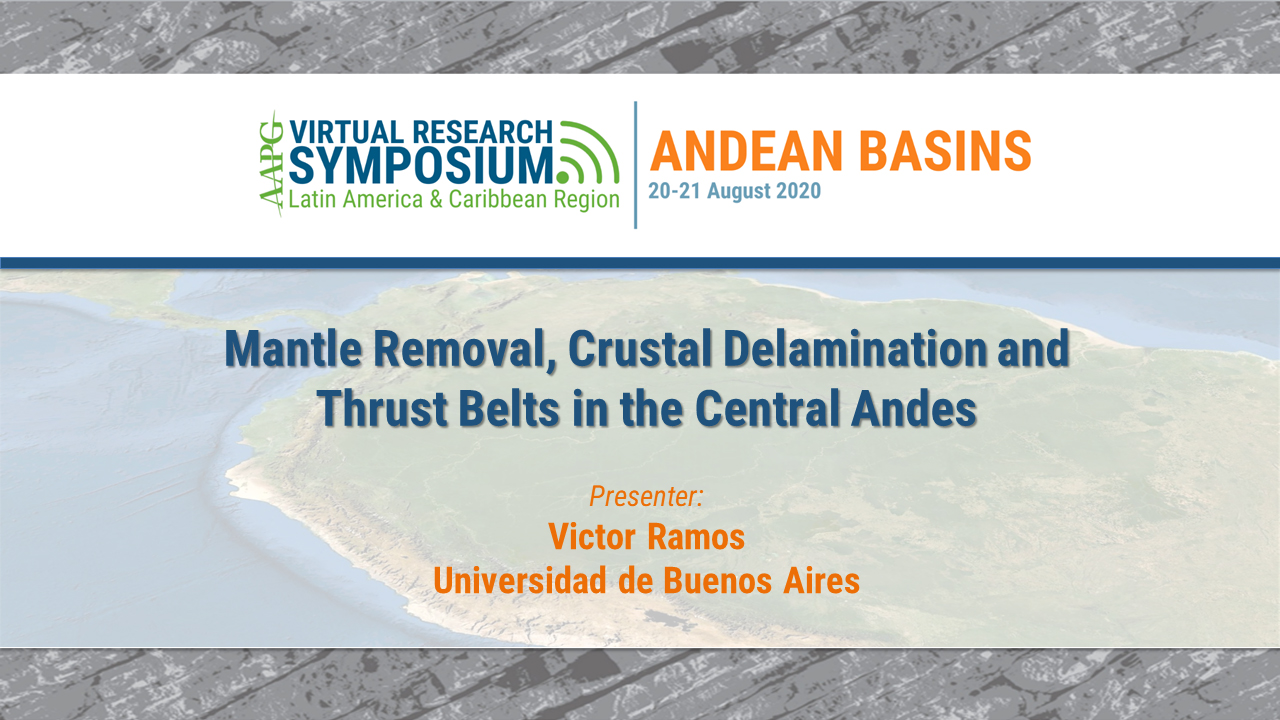
Summary
In recent years, much progress has been made in understanding the interaction between the processes that occur in the mantle with their crustal response. It has been observed that an important requirement for the sub-Andean deformation in the Central Andes, which produces an accelerated inception of the deformation in the upper levels of the crust, is the removal of the mantle with its consequent crustal delamination.
The early structural cross-sections of Dietrich Roederer in the 80's presented in their restoration a classic problem between shortening lengths in the upper crust of the order of 250 km, with the lengths of the lower crust, and even worse with what happened with the upper mantle and its final destination. His structural sections showed a lower crust deficit of the order of 20% and he could not explain what happened to the mantle.
The tomographic studies of the lithosphere demonstrate that significant parts of the upper mantle have been removed, prior to the foreland deformation in the upper crust. This removal was steadily produced trough time, as an ablative subduction, until the eclogitic residue of the lower crust start sinking in the mantle. The loss of the eclogitic residue, increases the temperature of the crust, initiates the ductile shortening of the lower crust, its partial melt and delamination, which is followed by a rapid shortening in the foreland upper crust. This process is independent of the structural style of the foreland, whether thin or thick-skinned, because the temporal response is similar. Some examples are analyzed to confirm the timing of the processes, denoting a strong temporary migration to the south of the fold-and-thrust deformation in the Sub-Andean.
Bio:
Victor Ramos, Universidad de Buenos Aires
Victor is a PhD with 50 years of experience in the industry. He currently is Emeritus Professor at the Universidad de Buenos Aires, Argentina. He is a member of AGA and AAPG.
Please log in to view or purchase the video presentation